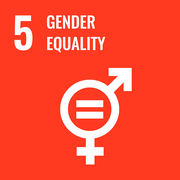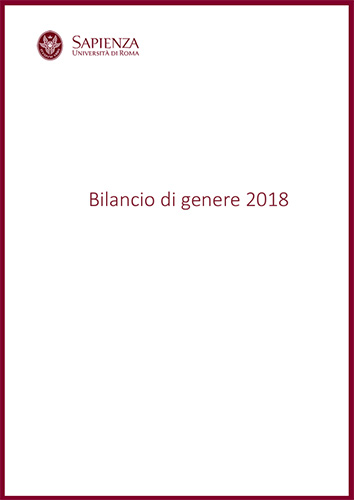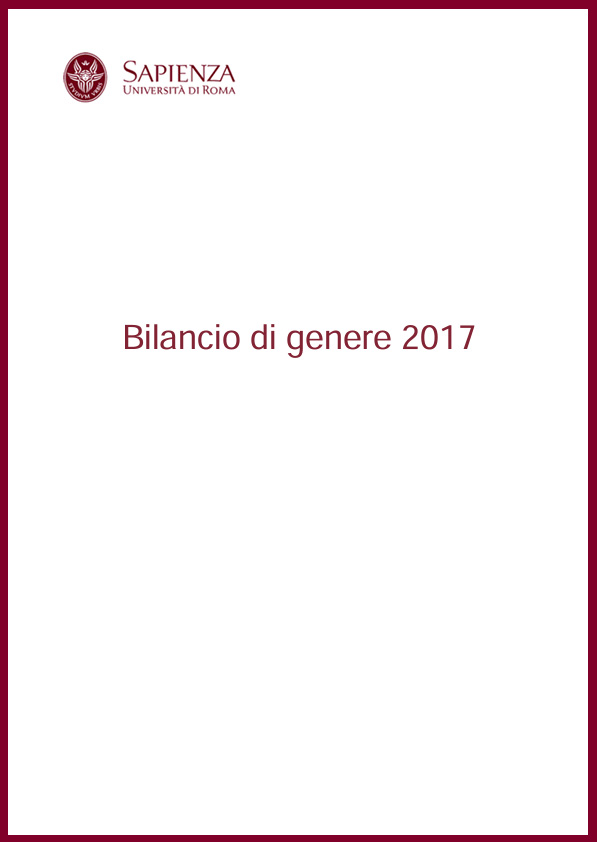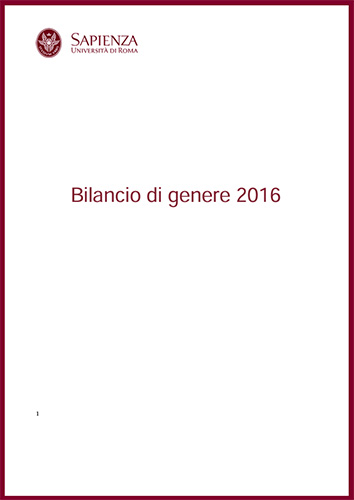Gender balance sheet
Sapienza regularly draws up its Gender Balance, an analytical document that provides a detailed description of the gender balance for the three components of the student body, academic staff and technical-administrative staff, systematically monitoring the proportion of women for the three components.
The document is edited by a working group comprising lecturers from various fields and technical-administrative staff. The Gender Balance sheet, based on CRUI guidelines, is submitted to the Academic Senate and the Board of Governors for approval.
Gender balance 2024 (summary)
The Gender Balance 2024 is based on 2023 data; where available, more recent data were examined and in some cases the entire previous three-year period was considered.
From an overall point of view, looking at the individual categories - students, lecturers and technical-administrative staff - without distinguishing between the different components into which they are divided, the gender balance is substantially unchanged throughout the five-year period 2019-2023.
However, the 2023 data collection shows a significant change with respect to the careers of lecturers, which are notoriously characterised by the so-called glass ceiling: for associate professors, the imbalance between the two genders decreases in 2023 compared to 2022 in favour of female associates, as already noted last year. More significant is the increase in the number of women recorded for the first time among full professors. The gap has widened further to the detriment of women in the last year compared to 2021 for the category of research fellows, a decrease to be noted because it has been increasing over time, albeit slowly.
This edition of the document also includes an extract from the European Commission's She Figures 2024 report, dedicated to gender equality in research and innovation in the European Union.
Gender balance sheet 2024 (in Italian)









